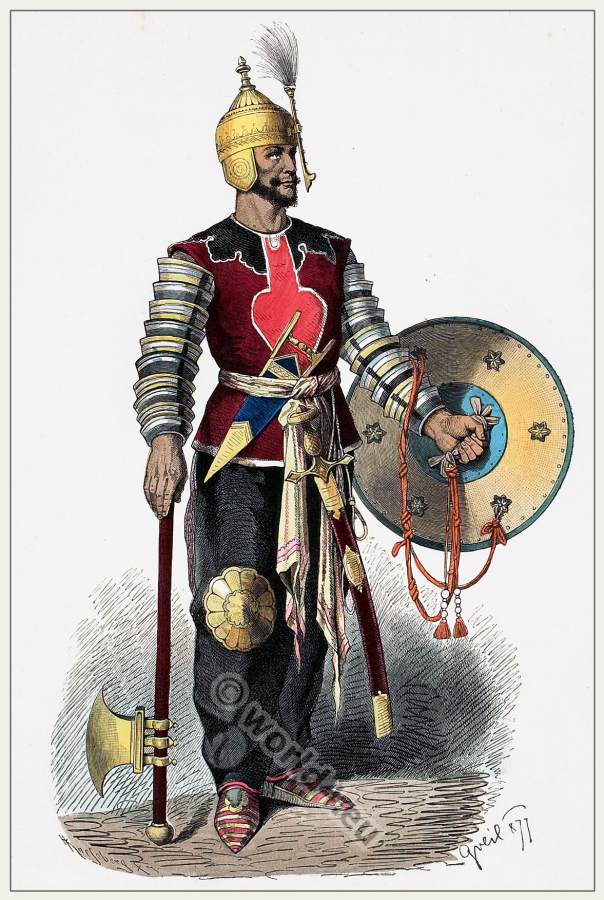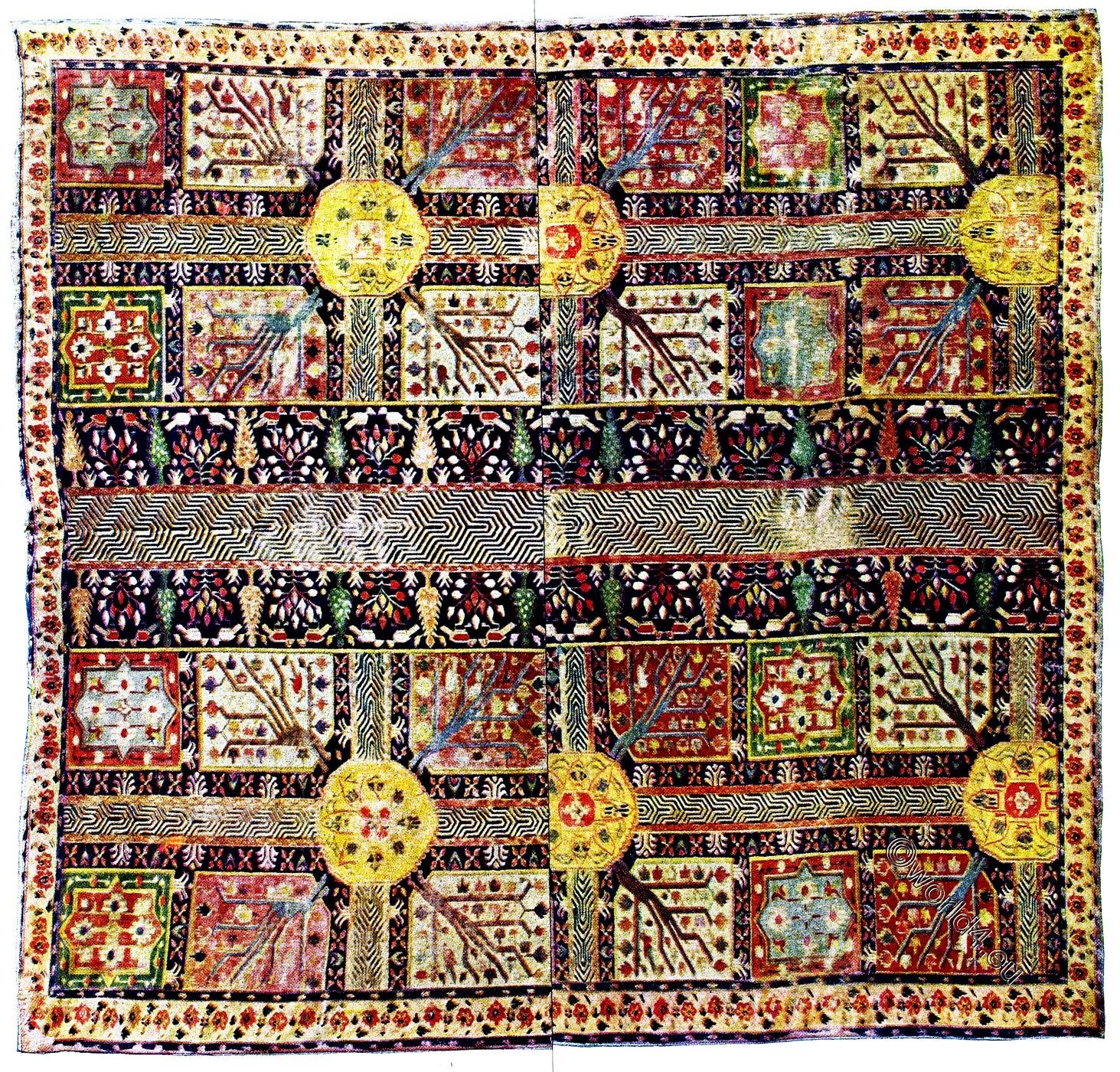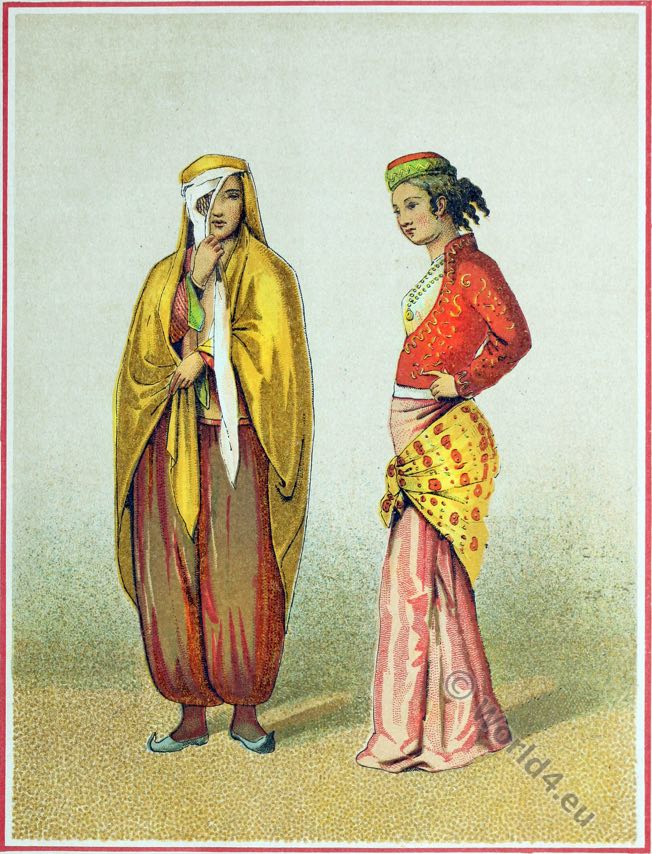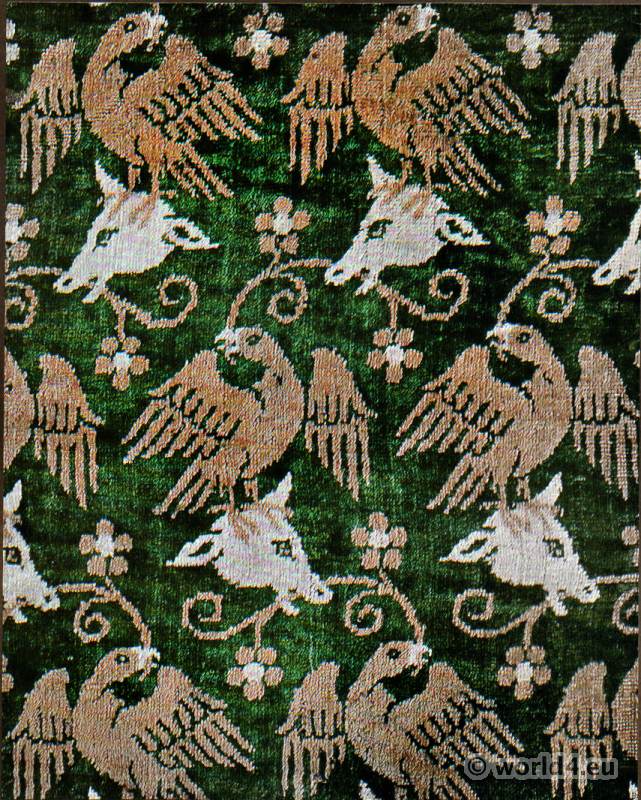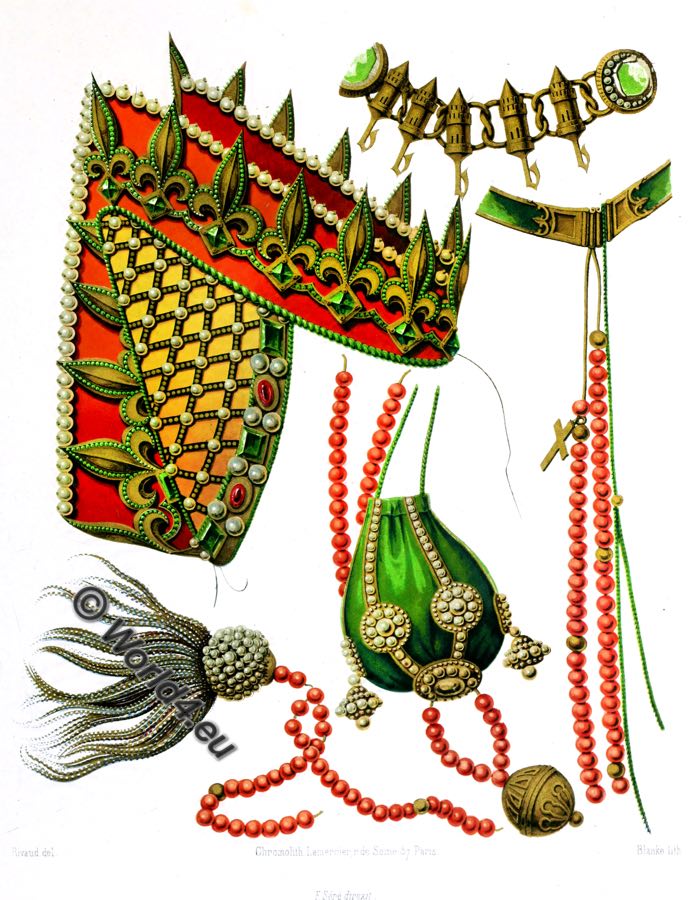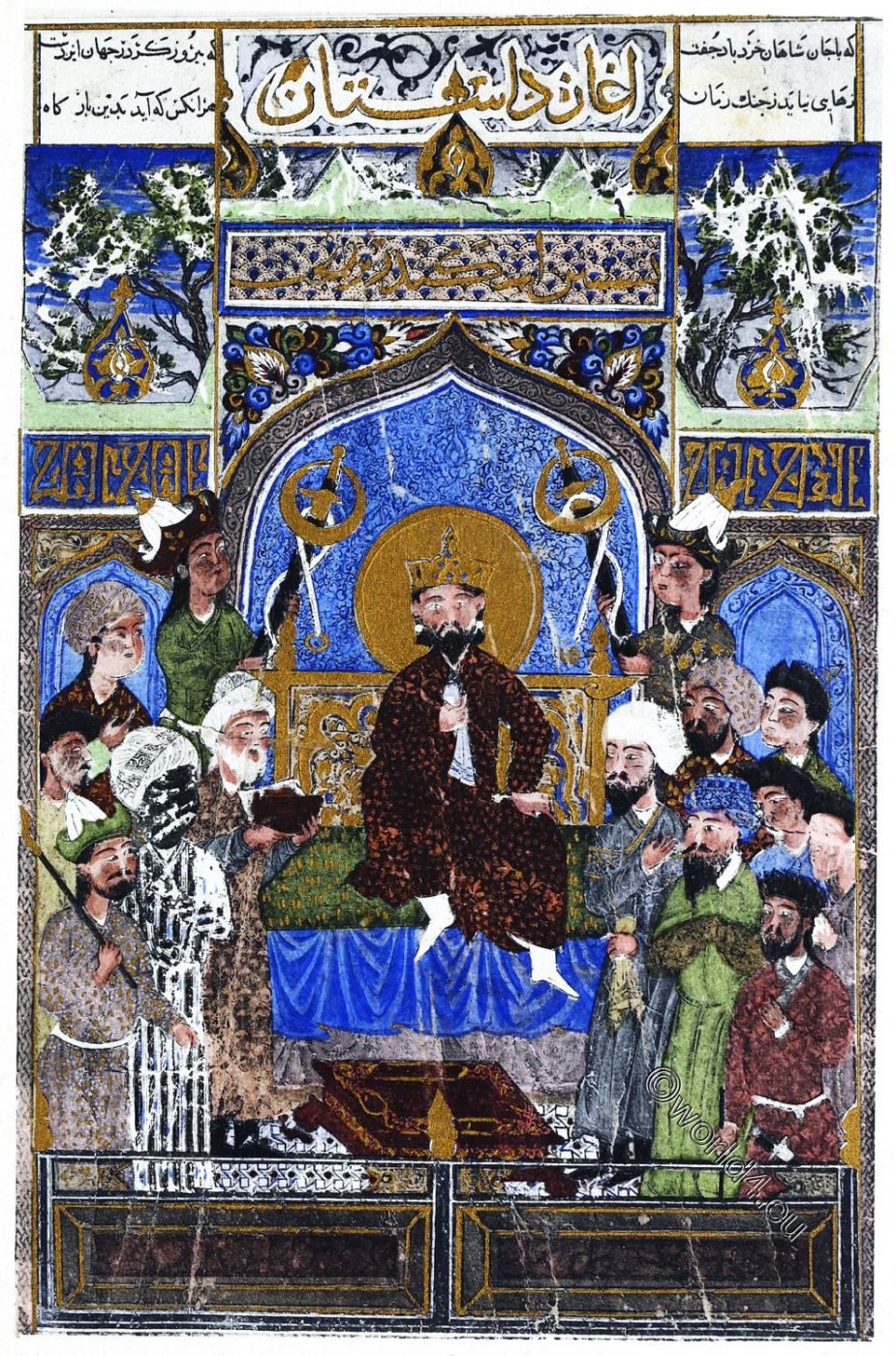
Page from the Shahnameh. Persian art, 15th century.
A gouache miniature. Iskender (Alexander) sitting on the throne of Persia, surrounded by his Court. From the manuscript “Shahnameh”; in the traditions of the Baghdad Schools.
Western Persian art, 15th century.
Bibl. G. Migeon, Les collections du Louvre, I, pl. 62.
hight. : 0 m 41. – width: 0 m 29.
The Shahnameh (Persian: Šâhnâme, ‘The Book of Kings’) is a long epic poem by the Persian poet Ferdowsi between 977 and 1010 A.D. and is the national epic of Great Iran. With around 50,000 “distiches” or verse pairs (two-line verses), the Shahnameh is the longest epic poem in the world written by a single poet.
It tells above all the mythical and partly also the historical past of the Persian empire from the creation of the world to the Arab conquest of Iran in the 7th century.
Modern Iran, Azerbaijan, Afghanistan and the Greater Region (such as Georgia, Armenia, Turkey and Dagestan), which is shaped by Persian culture, appreciate this national epic. The work is of central importance for Persian culture and language, is considered a literary masterpiece and is decisive for Iran’s ethnic-national cultural identity.
Page d’un Chah Nameh. Art Persian, XVe Siècle.
Miniature gouachée, Iskender (Alexandre) assis sur le trône de Perse, entouré de sa Cour. Provenant d’un manuscrit «Chah Nameh»; encore dans les traditions des Ecoles de Bagdad.
Art persan occidental, xv’ siècle.
Source: L’Orient musulman by Gaston Migeon; Musée du Louvre, 1922.
Related
Discover more from World4 Costume Culture History
Subscribe to get the latest posts sent to your email.

